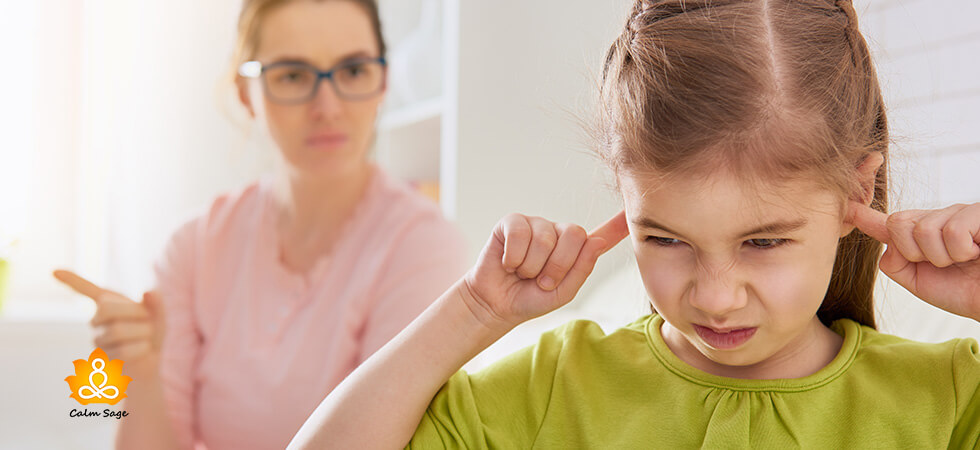Understand Types Of Discipline For Children: Avoid Corporal Punishment

Kids would always want to do things that they want and don’t wish anyone to stop them. Ya, it sounds good but practically it is not the right idea.
Parents are the guiding light to provide discipline to their children and may choose to give appropriate ones to them. Although researchers cannot say which one is perfect for your kids but these different types of discipline styles may provide you a difference.
Why Avoid Corporal Punishment?
American Academy of Pediatrics (AAP) have taken a strong stand against corporal punishment which involves spanking, hitting, slapping, threatening, insulting or shaming. They encourage parents to take up positive behavior like setting future goals and placing limits.
It is because corporal punishment leads to negative behavior problems, mood disorders, anxiety, substance use and even personality disorder. It is best to understand that this style of parenting has a strong impact on children.
It must also be noted that corporal punishment may give only short term results but may create behavioral problems in the longer run. Moreover, kids who are grown up with aggressive behavior are likely to show violence in the future. So which behaviors or types of discipline are beneficial for a kid’s positive growth? Let us explore!
What Are The Positive Types Of Discipline For Children?
It is important to note that any kind of discipline is chosen based on the child’s temperament, your own temperament and family ethics. Not any single discipline can work every time, hence a combination may be applied to develop a good attitude in your child.
1. Positive Discipline
Based on encouragement, motivation and praise, parents can use this method to teach discipline without mentioning negative consequences or punishment. Parents can focus on teaching problem solving skills to their kids while also maintaining some form of authoritative approach in life.
For example: Your kid doesn’t want to finish the homework but only wants to play video games. Positive discipline could start with asking them why they don’t want to do homework, is there any question that they need help in or how about showing your teacher that you are capable of completing homework on time.
2. Gentle Discipline
Gentle discipline could be the next version of discipline where the kid is acknowledged to the consequences but there is no introduction of shame in the conversation. Since this discipline is meant to keep the kids away from bad behavior, parents can use humor and other kinds of positive distraction to manage type of punishment.
3. Boundary-Based Discipline
As the name suggests, this type of discipline for children is meant to set limits and make clear rules for them. Kids are also provided with consequences they will be facing if they misbehave. However, it is important to place logical consequences which they can relate with to easily and accept the conditions alongside.
3. Behavior Modification
When a child is given choices of behavior followed by rewards or punishments, it comes under the umbrella of behavior modification. Telling your child that he or she will enjoy praise and good rewards if they act in a good manner and punishments if they act bad accounts to this type of discipline.
4. Coaching Emotionally
This different discipline style focuses on teaching kids about feelings. As and when kids become aware of their feelings, they readily express them to others rather than just acting in irrelevant ways. They are told that it’s alright to feel in any manner and parents are standing right beside them for their emotional needs.
What Is Your Parenting Style?
While learning about types of discipline for children and types of punishment, you may have understood the picks for your kid.
However, it is important to note that each discipline has a specific purpose and each discipline gives an opportunity to the child to learn something new. Applying corporal behavior, yelling at them, and giving them punishment in every situation may leave a deep impact on their mind and may make them upset in a long run.
In case you need, you can also checkout a parent’s guide to tame kid’s tantrums and spend some good time with them while performing yoga with kids.




















